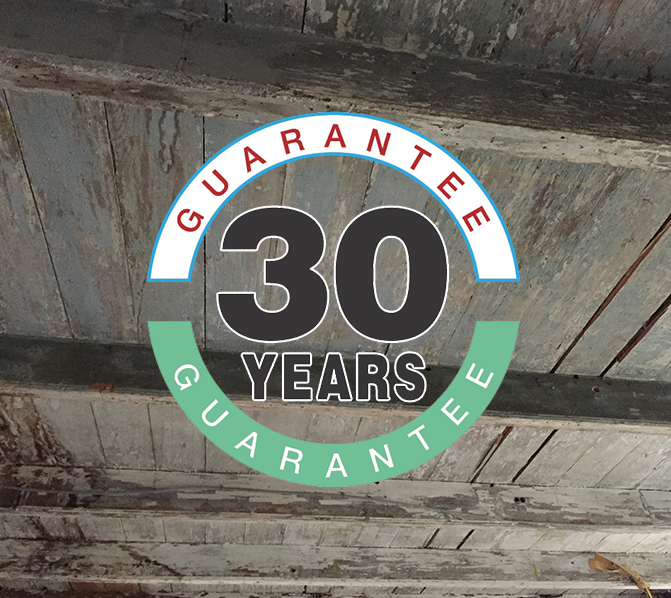
Cornwall Dry Rot Treatment

Dry Rot
Dry rot is wood decay caused by certain species of fungi that digest parts of the wood which give the wood strength and stiffness.
The life-cycle of dry rot can be broken down into four main stages.
Dry rot begins as a microscopic spore which, in high enough concentrations, can resemble a fine orange dust. If the spores are subjected to sufficient moisture they will begin to grow fine white strands known as hyphae.
As the hyphae germinate they will eventually form a large mass known as mycelium.
The final stage is a fruiting body which pumps new spores out into the surrounding air.
Dry rot is the term given to brown rot decay caused by certain fungi that deteriorate timber in buildings and other wooden construction without an apparent source of moisture.
The term is a misnomer because all wood decaying fungi need a minimum amount of moisture before decay begins.


The decayed wood takes on a dark or browner crumbly appearance, with cubical like cracking or checking, that becomes brittle and can eventually crush the wood into powder.
Chemically, wood attacked by dry rot fungi is decayed by the same process as other brown rot fungi.
An outbreak of dry rot within a building can be an extremely serious infestation that is hard to eradicate, requiring drastic remedies to correct.
Significant decay can cause instability and cause the structure to collapse.
In certain buildings, particularly those with solid 9 inch (or greater) brickwork and those built using lime mortar and flintstone, dry rot has been known to travel through and along the wall surface behind plaster and render.
It is therefore recommended that where dry rot is found, plaster and wall coverings should be stripped back to a metre past the infestation in all directions and the whole area treated.
Identifying the source of water and allowing the affected timbers to dry will kill dry rot, as it is a fungus and requires water as all fungi do.
This will not, however, kill any spores left behind, which will remain viable and cause the rot to return upon wetting.
Treatment Methods
The first step in any course of treatment is to make the necessary repairs to the building defects (overflowing gutters, blocked airbricks, missing slates, etc.) that allowed the ingress of dampness.
The treatment methods described below assume that the dry rot has been positively identified, the full extent of the rot ascertained, and that the building is now water tight.

Methods of attacking dry rot have been developed which can be classified as follows:
Wet Rot
Wet rot is a generic term used to define a variety of fungal species such as Coniophora puteana (otherwise known as cellar fungus).
Wet rot fungi obtain their food by breaking down the cell walls of wood cells resulting in a loss of strength of the wood.
This can cause problems in the structural integrity of structures.
In order to grow, wet rot requires a regular source of moisture.
This often comes from sources like defective plumbing, gutters, downpipes or stone pointing.
When excess moisture infiltrates timber it can allow fungal spores to germinate and grow, this eventually leads to the timber losing its strength.

Signs of Wet Rot
After the source of the water has been identified and fixed, treatment of wet rot can continue.
Wet rot treatment generally involves the replacement of timber within the infected area.
Treatment Methods
Wet rot decay is typically confined to areas where the timber has become and remains wet.
However, it is not a case of just fixing the damage the wet rot has caused.
You have to fix the source of the water ingress to ensure that the wet rot does not re-appear.
After the source of the water has been identified and fixed, treatment of wet rot can continue.
Wet rot treatment generally involves the replacement of timber within the infected area.

